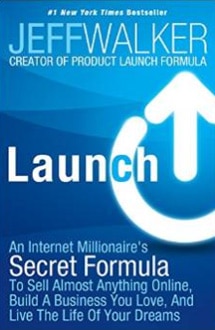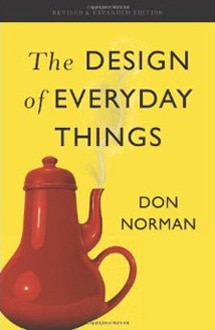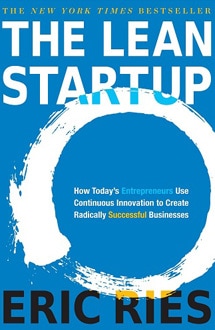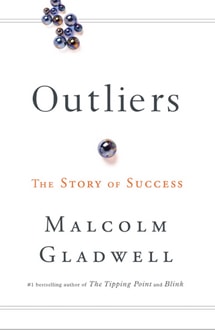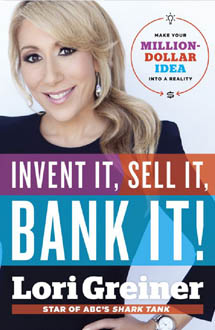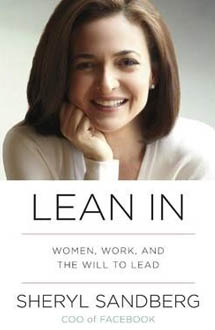According to a 2006 Duke University study, 40% of the actions we take each day are not based on conscious decisions. Instead, they’re really a series of habits. What we eat or drink, how we spend or save, how we react to situations – these activities are stored as memories in an area of the brain called the ganglia tissue. As it turns out, the brain tries to make almost every routine a habit so that it doesn’t have to work so hard. 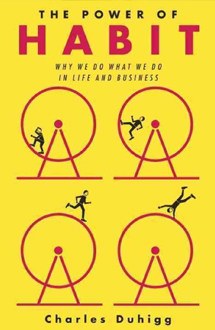
If the habits we have developed in our business or personal lives help us, then all is good. But if those habits harm us, or keep us from being successful, is there anything we can do to change the situation? This is the premise behind The Power of Habit – Why We Do What We Do in Life and Business…, written by Harvard Business School graduate and New York Times investigative reporter Charles Duhigg.
It Began With Riots in Iraq
Duhigg got the idea for the book while reporting on the war in Baghdad. He spent time with soldiers and realized that the U.S. military operates on a series of habits that are instilled in soldiers to maintain safety, bravery, and a sense of duty. A Major told him about a study he was doing on violence, and Duhigg realized from being on the scene how understanding habits can create great changes. The Major wanted to see if there was a pattern to the street violence occurring in and around Baghdad. Many Iraqis would gather fairly peacefully in an open space such as a plaza. Yet if someone started an argument or threw a rock or other item, riots would break out and often last for a long period of time. The Major and the reporter noticed that food vendors would often begin to gather at the first sign of trouble, and people would buy snacks while they watched the violence erupt, encouraging an almost social or carnival atmosphere. To test the theory that the availability of food prolonged the chaos, vendors were ordered to stay away from an area with any signs of street violence. To everyone’s amazement, the fights soon died down and people wandered off. The food had actually created an exciting, social element to the fighting. No food – no fun, it seemed.
Duhigg wondered what role habits play in our daily lives, whether for business or pleasure. He did exhaustive research involving company executives, marketing researchers, scientists and psychologists and began writing The Power of Habit… The book explores reasons for instilling good business habits as well as tips for breaking more personal habits, such as smoking or overeating.
He discovered that there is a basic 3-step habit loop that occurs, involving a Cue – the trigger that tells the brain to go into automatic mode, a Routine – a physical, mental or emotional process in response to the cue, and a Reward – the payoff that helps the brain decide if the routine is worth remembering and repeating. In spite of this seemingly ironclad system, it has been proven that just as habits can be provoked (to aid those in advertising for example), they can be ignored, replaced or changed, once we understand them. They do not need to be our destiny.
The Pepsodent Toothpaste Smile Launched Marketing Habits
It seems hard to imagine now, but in the early 1900s, most people were not yet brushing their teeth. So when an ad executive named Claude Hopkins was hired to market Pepsodent toothpaste, it seemed like an uphill battle. Just running ads for the toothpaste did nothing much to encourage sales. Then Hopkins read a little-known article about the film that forms on a person’s teeth. Truthfully, it’s a natural occurrence, not affected by the act of brushing one’s teeth. But Hopkins developed an idea. He ran ads telling people that Pepsodent could help get rid of that film and make one’s mouth feel clean and attractive. To up the ante, the makers of Pepsodent added an ingredient that made the mouth tingle when the product was used. Ads were created telling people to run their tongue over their teeth (Cue) to feel the film, then use Pepsodent (Routine) and feel the clean tingle (Reward). Before the campaign, about 7% of the population used toothpaste. Within five years or so, it was a daily activity – or habit – for 65% of the population.
Other companies over the years followed similar patterns. When Procter and Gamble invented an excellent product named Febreze to remove offensive odors, they expected great results – which did not happen. As the marketing campaign continued, however, it was discovered that people didn’t just want to mask odors; they wanted to replace them with pleasing scents. When more scent was added to the product, and this was incorporated into their ad campaigns, sales skyrocketed. It became second nature for people to spray the product whether they needed it or not, just to maintain the fresh-smelling atmosphere they’d become accustomed to.
Target Knows What You Want Before You Do
Several years ago, the chain discount store Target began investigating the possibility of keeping track of their customer’s shopping habits so that they could entice them to spend more money – sometimes on items they didn’t even know they needed. A data expert was challenged: could he tell from customer records whether a particular female customer was pregnant or not? His answer: yes. Customer loyalty cards and in-store charge cards collected data each time a purchase was made, and the information was stored in Target’s computer system. Though it may sound like shades of Big Brother, the chain store saw it as a “guest profile”. Savvy advertising personnel began creating flyers and coupons specifically aimed toward customers who were likely to buy in a particular category. The expectant moms were sent advertisements heavily leaning towards baby items, pre-natal vitamins or nursery furniture, although a few garden items or other non-related items were carefully included so customers were not immediately aware of the ploy. If customers were known to buy cereal at Target but did not buy milk, it was obvious they were buying milk elsewhere. The solution? Send milk coupons. Once shoppers were in the store, a sense of habit in purchasing would prevail and customers would soon think of Target for all their shopping needs. The technique can’t be denied. From 2002-2009, sales rose from $44 billion to $65 billion. And many other stores followed suit.
The book explores the choices supermarkets make in displaying items based on the well-documented habits of shoppers. It also details how Arista Records made a hit out of a song that was destined for failure because no one actually like it, by sandwiching it between songs people enjoyed, employing the technique of playing into habits.
The Positive Side of Habits
While the book details many clever ways to manipulate the habits of others in the interest of increasing business, it also discusses how habits can be used in more motivational ways, to increase success. Starbucks, for example, instills the habit of successful customer service into each person in its work force. Employees undergo extensive training to learn willpower, enabling them to avoid arguing with angry customers or becoming flustered with long lines. Former president of the company Howard Behar developed training that focused on customer service until it became second nature. “Starbucks is not in the coffee business, serving people,” he said, “We are in the people business serving coffee.” Workers were told that when they donned their apron each day, it was a protective shield against irritation, allowing them to deliver a bit of joy with each order, something company executives admitted was necessary given the higher price of their product.
Olympic swimming champion Michael Phelps earned multiple medals at the 2008 Beijing Olympics and broke a world record, while swimming, for all intents and purposes, blind. His goggles filled with moisture and he was unable to see. How did he do it? He relied on what he’d been trained to call “the videotape” in his mind. Since childhood, this had allowed him to visualize success under any circumstances, preparing him for any disaster that might come along. It became a habit for him to tell himself to “play the videotape” prior to each race.
On a more personal level, many people want to have power over smoking, drinking or overeating. The book outlines ways to accomplish this, by identifying what causes our cravings or behaviors, and then working to replace them with new behaviors. There are step-by-step tools to apply in an effort to achieve this.
The book concludes that perhaps the most important element in achieving success where habits are concerned is having a belief that your efforts will succeed. Believe strongly enough that something can change and that belief will feel like a reality. Given time and effort, belief itself will become a much sought-after habit.
Get the Power of Habit on Amazon.
Contents


